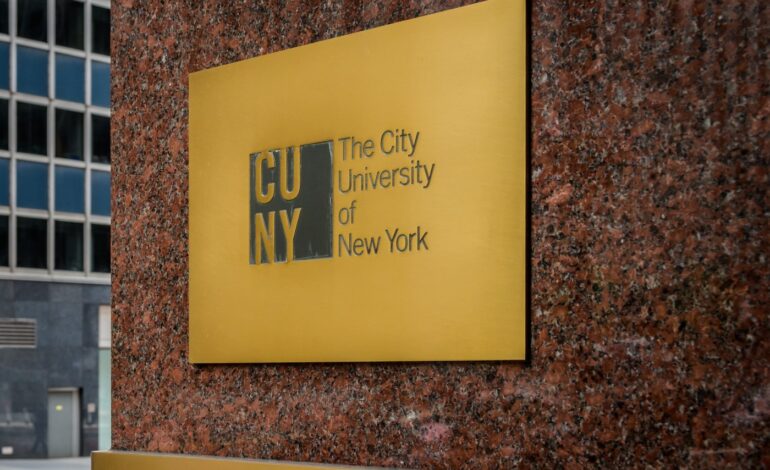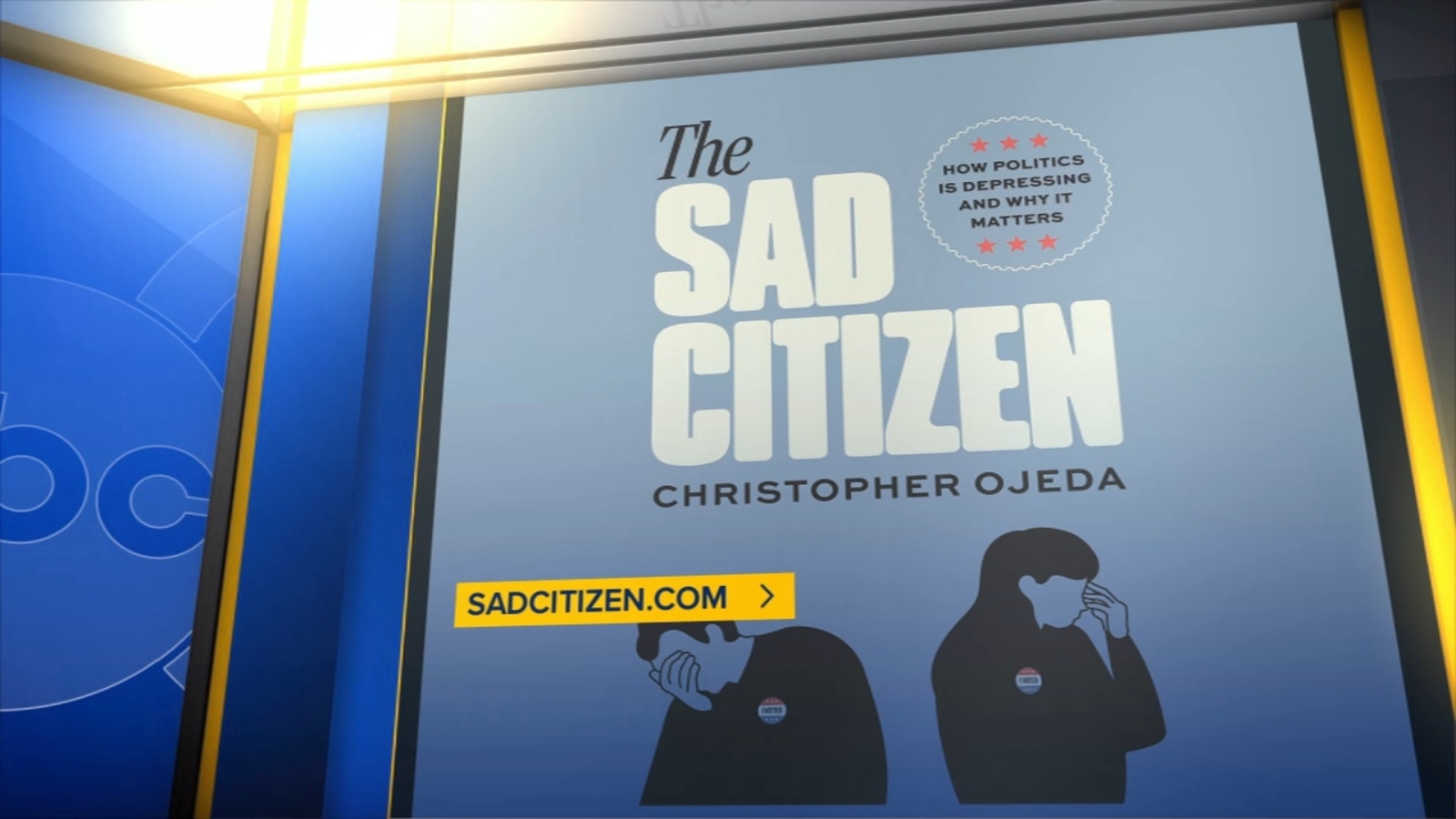CUNY Sees 3.6% Enrollment Increase in Post-Pandemic Recovery

Enrollment at the City University of New York (CUNY) has risen by 3.6% this fall compared to last year, marking a notable recovery in the wake of the COVID-19 pandemic. Approximately 8,000 new students have registered across CUNY campuses, as announced by Chancellor Felix Matos Rodríguez during his 2025 State of Our University address at Hostos Community College in the Bronx.
“This growth reflects our sustained efforts to reach New Yorkers,” Matos Rodríguez stated, highlighting the university’s advertising campaign and enhanced partnerships with New York City Public Schools to engage potential students early. The increase in enrollment represents the third consecutive year of growth following a period of decline triggered by the pandemic, which significantly impacted student registration and had financial repercussions for the institution.
Community Colleges Drive Enrollment Growth
CUNY’s community colleges were particularly affected during the pandemic as many young individuals postponed their education due to work and family obligations. Programs aimed at recruitment have since played a critical role in reversing this trend. Initiatives such as a free community college program, launched by New York Governor Kathy Hochul, target adults seeking career changes in high-demand fields like artificial intelligence and nursing.
Among the institutions contributing to this year’s enrollment increase are the Borough of Manhattan Community College, Guttman Community College, and LaGuardia Community College. Additionally, the Newmark Graduate School of Journalism and City College have reported similar upticks in student enrollment.
Matos Rodríguez also announced a new employment initiative designed to integrate career advising and work experience into all undergraduate programs. The program aims to ensure that graduates leave their studies with either a job offer or an acceptance letter for further education. This initiative will begin at Hunter College, Lehman College, LaGuardia Community College, and Borough of Manhattan Community College, with a goal to serve 180,000 students annually by 2030.
Challenges Ahead for Higher Education
Despite the positive enrollment trends, CUNY and the broader higher education sector continue to face challenges. Thomas DiNapoli, New York’s state comptroller, recently warned that changes in federal policies regarding financial aid and international student admissions could jeopardize recent gains in enrollment figures at colleges and universities across the state.
Over 48% of CUNY and State University of New York (SUNY) undergraduates rely on Pell Grants, a federal program that may see changes in eligibility criteria, potentially leaving some students without crucial funding. New York is also home to the second largest population of international students in the United States, with more than 135,800 individuals studying in the state. This includes over 1,840 international students at CUNY’s Baruch College and 1,230 at the CUNY Graduate Center.
In his address, Matos Rodríguez acknowledged that college campuses are affected by broader societal issues, including political and financial pressures. He emphasized the university’s commitment to providing resources and support for immigrant students, including legal guidance, as part of an effort to ensure equitable access to education.
As CUNY navigates these developments, the focus remains on sustaining enrollment growth while responding to the evolving landscape of higher education.






